The morning sun creeps over the eastern horizon, painting the desert sky in strokes of amber and rose. I adjust my camera tripod, careful not to disturb the delicate desert soil beneath my boots – boots that have carried me across these landscapes for over seven decades now. The first light catches the spines of a towering Saguaro cactus, creating a golden halo around its ancient form. Through my viewfinder, I watch as the desert comes alive.
At 81 years old, I’ve spent more mornings than I can count watching this same dance between light and shadow across the Sonoran Desert. Though folks often mistake this region for the Mojave – and I’ve photographed plenty of that magnificent desert too – the Saguaro cactus calls the Sonoran Desert its exclusive home. These majestic plants have been my constant companions since I was just a boy on my daddy’s cattle ranch outside of Yucca, Arizona.
The Giants Among Us
Let me tell you something about these remarkable Saguaro cacti (Carnegiea gigantea, as the scientists call them). They’re not just plants – they’re monuments to time itself. Standing up to 40-60 feet tall, these giants can live for 150-200 years, though some old-timers swear they’ve seen specimens pushing 300. I believe it. Out here in the desert, time moves differently.
When I first started photographing these sentinels back in the 1960s with my old Kodak Brownie camera, I was drawn to their anthropomorphic qualities. Each Saguaro has its own personality, its own story written in the way its arms reach toward the sky. Some stand straight and proud like soldiers at attention, while others twist and curve in fantastic shapes, as if frozen mid-dance.
A Photographer’s Paradise
The technical aspects of capturing these desert giants have evolved considerably since my early days. My current setup – a modern digital camera with specialized lenses – allows me to capture details my younger self could only dream of: the intricate patterns of their accordion-like pleats, the delicate white blooms that crown them in spring, and the way evening light plays across their spines.
For aspiring photographers looking to capture the essence of the Saguaro, here’s what I’ve learned over my decades behind the lens:
The golden hours – that magical time just after sunrise and before sunset – are your best friends. The low-angle light creates dramatic shadows and brings out the texture of the cacti’s skin. During summer months, you’ll want to be in position well before dawn. These desert mornings may start early, but they reward you with colors that would make Georgia O’Keeffe reach for her paintbrush.
Life in the Desert Orchestra
The Saguaro isn’t just a static subject – it’s the conductor of a complex desert symphony. Each cactus serves as a high-rise apartment complex for all manner of desert creatures. Gila Woodpeckers and Gilded Flickers excavate nest cavities in their flesh, creating homes that will later be inherited by other birds like the tiny Elf Owl or the regal Purple Martin.
Through my video work, I’ve documented this incredible cycle of life. Just last spring, I spent three weeks filming a family of Harris’s Hawks that had taken up residence in a particularly grand specimen. The patience required for wildlife videography reminds me of my ranching days – you can’t rush nature’s timeline.
The Desert’s Calendar
The Saguaro’s year moves to its own rhythm, one I’ve documented through countless seasons. Come late April through June, the crown of each adult cactus erupts in clusters of waxy white flowers – the state flower of Arizona, mind you. These blooms open at night and close by the following noon, a spectacular show that’s best captured in the pre-dawn hours when the flowers are still fresh and the light is soft.
I remember one particular morning last May, I’d set up my camera well before sunrise, hoping to capture time-lapse footage of the flowers opening. A family of javelinas wandered through my shot, and rather than shoo them away, I let the camera roll. Sometimes the best stories are the ones you don’t plan for.
Technical Tips for Desert Photography
For those looking to capture the magic of these desert giants, here’s what seven decades of experience has taught me:
The desert’s extreme light conditions require careful exposure management. I typically underexpose slightly to preserve highlight detail in the bright sky and bring up the shadows in post-processing. A circular polarizing filter can help manage glare and deepen the blue of the sky, though be careful not to overdo it – the desert’s natural contrast is part of its character.
For video work, a solid tripod is non-negotiable. The desert wind can pick up without warning, and stability is crucial for those long shots that really capture the stillness of these ancient sentinels. I’ve found that using a fluid head allows for smooth panning shots that help convey the massive scale of mature Saguaros.
Conservation and Change
Over my lifetime, I’ve witnessed significant changes in our desert landscapes. Urban expansion, climate shifts, and increased recreational use have all left their mark. The Saguaro, with its slow growth rate and specific habitat requirements, serves as a sensitive indicator of these changes.
A young Saguaro might only grow an inch in its first eight years. I’ve got photographs of particular cacti spanning decades, documenting their gradual development. It’s a reminder that in an age of instant gratification, some things still move at their own pace.
The Future of the Sentinels
As I venture out into the desert these days, my bones might creak a bit more than they used to, but my enthusiasm hasn’t dimmed. Each expedition with my camera equipment is a chance to document these magnificent plants for future generations. The Saguaro’s future faces challenges from climate change and urban development, but their resilience gives me hope.
Tips for Desert Safety
Before I wrap up, a word of caution from an old desert hand: Photographing these magnificent cacti requires respect – both for the plants themselves and for the harsh environment they inhabit. Always carry more water than you think you’ll need, wear appropriate sun protection, and tell someone where you’re going and when you plan to return.
The desert doesn’t suffer fools gladly, as we used to say on the ranch. But treat it with respect, and it will reveal wonders that no other landscape can match.
Conclusion: A Legacy in Images
As I sit here in my study, surrounded by thousands of photographs and hundreds of hours of video footage documenting these gentle giants, I’m struck by how fortunate I’ve been to spend my life in their company. Each image tells a story – not just of the Saguaro, but of the complex web of life that depends on them.
To the young photographers and naturalists who might read this, I say: Take your time with these magnificent plants. Don’t just photograph them – get to know them. Visit them in different seasons, different weather, different times of day. Let them teach you about patience, resilience, and the slow, steady rhythm of desert life.
The Saguaro cactus isn’t just a symbol of the American Southwest – it’s a testament to the enduring spirit of the desert itself. Through my lens, I’ve tried to capture not just their physical presence, but their dignity, their importance to the ecosystem, and their timeless appeal to the human spirit.
As the sun sets and I pack up my gear for the day, I can’t help but smile at the thought that these same Saguaros will still be standing here long after I’m gone, their arms raised to the sky in eternal salute to the desert they call home. Through my photographs and videos, I hope to share their story with generations to come, preserving not just their image, but the deep connection between these remarkable plants and the land that nurtures them.
[About the Author: The author has spent over seven decades documenting the natural wonders of the American Southwest through photography and v ideography. His work has been featured in numerous publications and exhibitions, focusing particularly on the iconic Saguaro cactus and its desert ecosystem.]

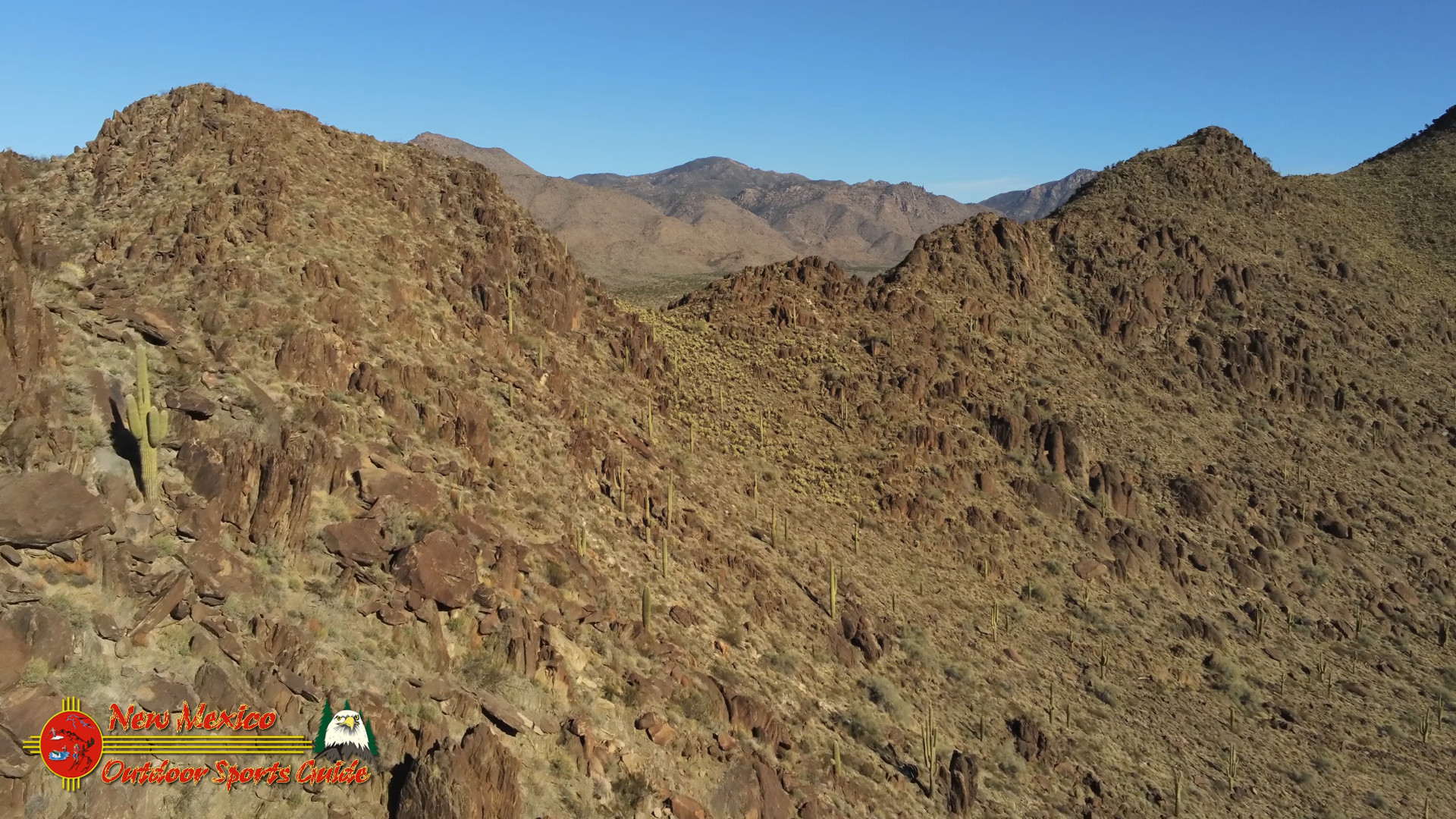
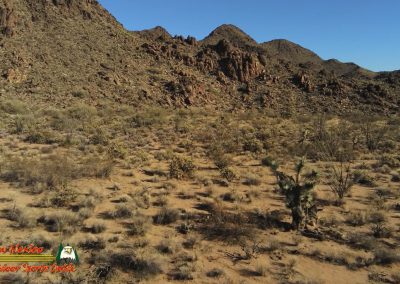

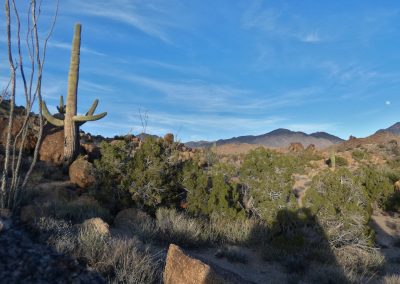
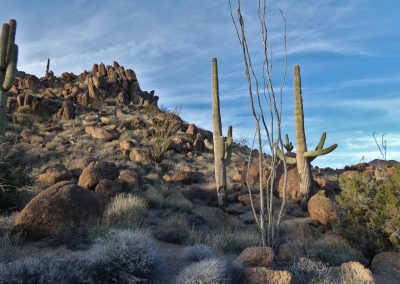
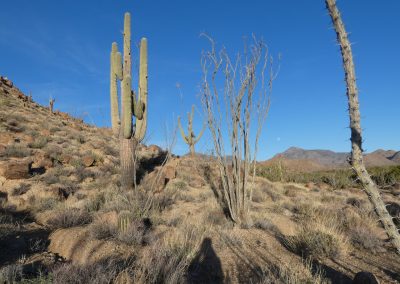
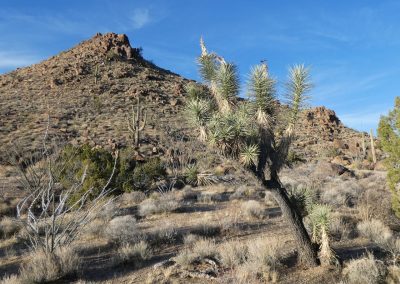
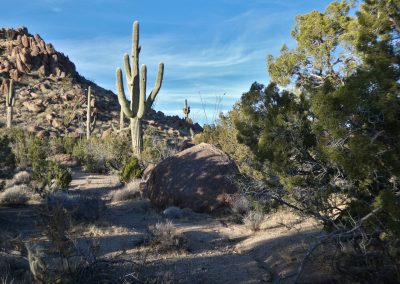
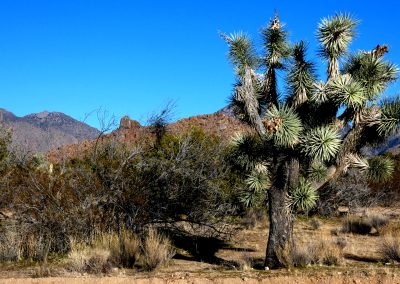
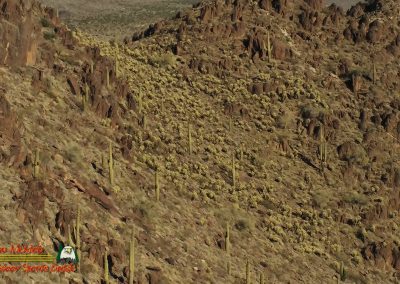
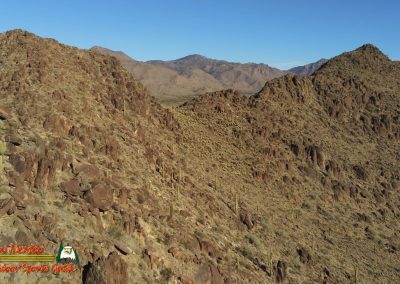











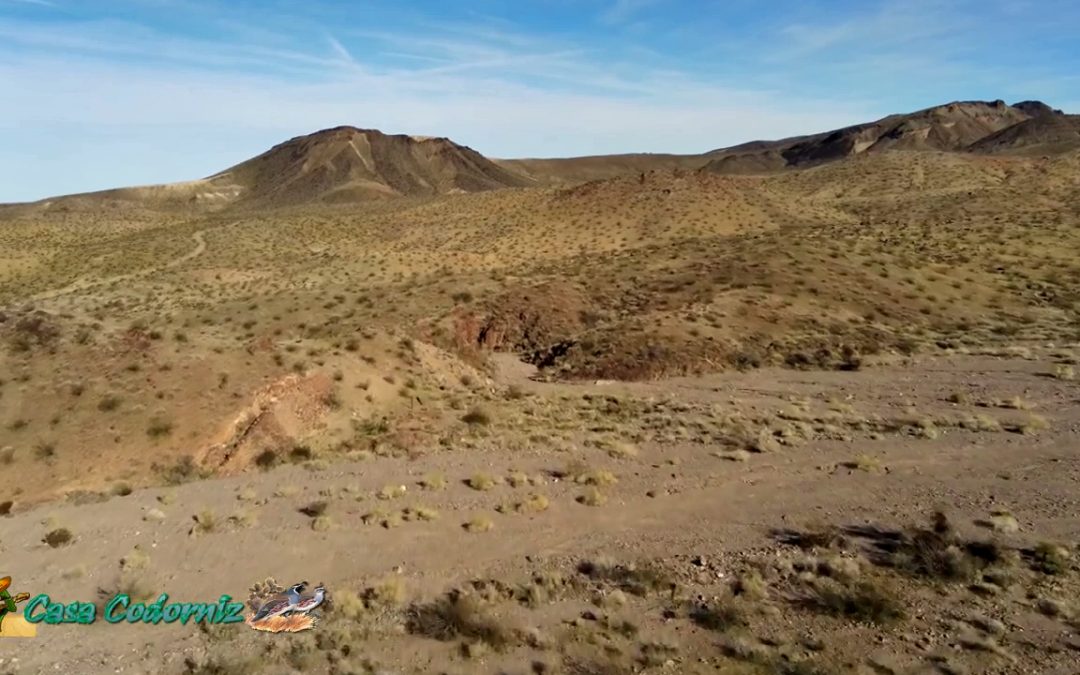
0 Comments